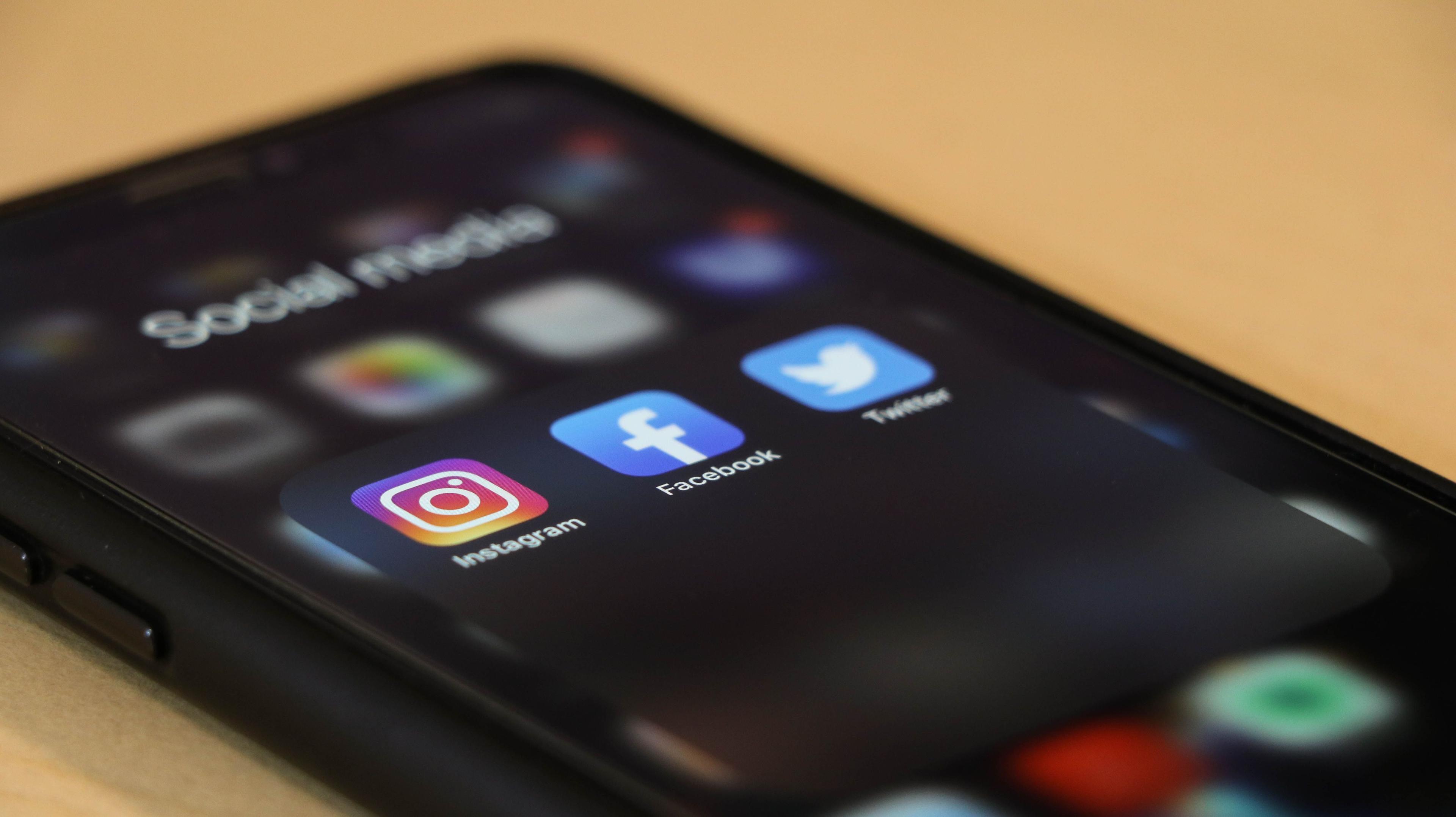Check out Handshake's fullSocial Media Playbook for more tips on boosting student engagement across every major social media platform!
Catch their eye. Utilize images in your posts. Photos and videos take up more space in the feed, so they're more likely to catch your audience's attention as they scroll. Most links serve the same function, as they auto-pull their own image.
Streamline your message. You should assume that your audience is quickly skimming social media platforms, so identify your main points and lead with them. When targeting students, consider the following:
- What’s the main goal of your post? Are you announcing a career fair, promoting Handshake signups, or closing your office for the holiday break?
- Why is it relevant to them? Communicate clearly and concisely why this is important and what the benefit is for them.
- What is their next step? End with a strong call to action.
Engage with your audience. Encourage conversation in your Facebook comments by asking a question or asking students to share your post.
Use threads when relevant. Twitter is an extremely busy platform, and it's easy for messaging to get lost. That's why we recommend using threads to continue bumping up your content in a student's feed. If they miss the first tweet, they might see a response tweet later on as they scroll.
Include hashtags. School-specific and topical hashtags will help your audience find the content that’s relevant to them. Pin and retweet important or timely tweets. Have a message you don’t want your students to miss? Pin it to the top of your page and retweet it periodically to increase visibility.
Streamline your message. Twitter’s 240-character limit ensures a relatively brief message, but always consider the following:
- What’s the main goal of your post?
- Why is it relevant to them?
- What is their next step?
Twitter is a great real-time engagement tool. Monitor it closely as a way to answer questions from your students, especially around special events on campus. If this is something you want to encourage, you could even set up “virtual office hours.”
Use Stories. The Instagram Stories function is the best way to ensure visibility on the platform, as algorithmic changes make feeds somewhat unpredictable. Even when posting something new on your feed, “share” it (using the paper airplane icon) to your page’s Story for quick, easy cross-promotion.
Streamline your message. Instagram cuts off long bits of text, so be sure to lead with the important information. Remember: goal, relevance, next step.
Geotag your posts. Be sure to add a relevant location to each Instagram post to help increase its visibility. When you tag yourself at your university campus, that means students exploring Instagram are more likely to come across your content. This counts for Stories, too!
Include relevant hashtags. If your university has a hashtag, be sure to include it in every feed and Stories post to increase your likelihood of being seen.
Optimize your posting schedule. When is your audience most likely to be surfing Instagram? Explore Instagram “Insights” (located within the menu at the top right of your profile page) for information about your audience’s prime activity periods, and time your posts accordingly.
